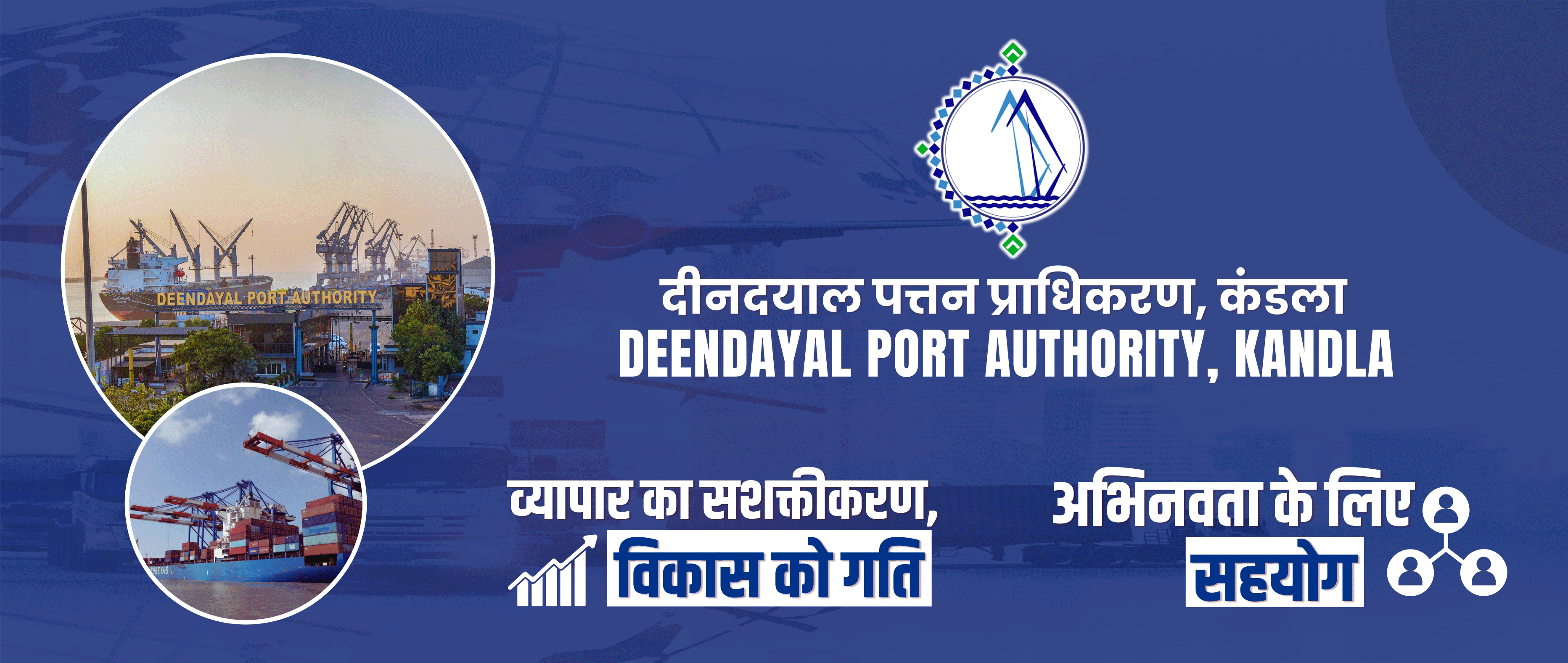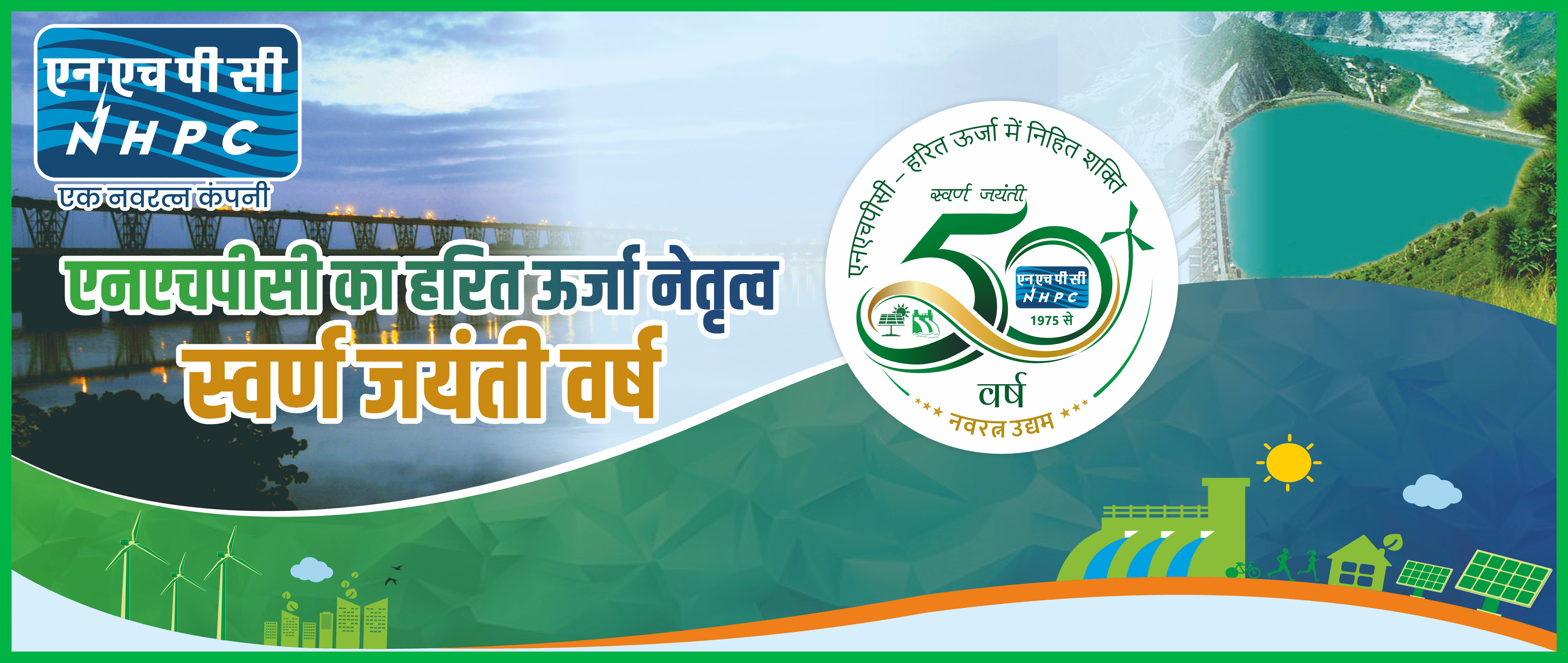Montreal (15.12.2022): The United Nations has recognized an initiative of India to rejuvenate the holy Ganges River as one of the 10 pioneering efforts to revive the natural world. The Government of India has allocated Rs 30,235.24 crore for the "Namami Gange" project which comes under the Union Ministry of Water Resources, River Development & Ganga Rejuvenation.
G Asok Kumar (IAS: 1991: TG), Director General of the National Mission for Clean Ganga, said: “The recognition of Namami Gange as one of the top-10 ecosystem restoration initiatives in the world bears testimony to the concerted efforts being made by the National Mission for Clean Ganga, Government of India for the restoration of the riverine ecosystem. I hope that our endeavors provide a roadmap for other similar interventions across the globe."
Home to over 52 crore people along with more than 25,000 species of plants and animals, the Ganges basin region contributes around 40 per cent of India’s gross domestic product (GDP) and its forests are an important store of carbon, which if released would contribute to the climatic catastrophe.
To preserve and restore natural spaces, the Indian government has launched the Namami Gange project with an aim to restore people’s connection to the sacred river while reducing pollution and reversing deforestation. Already, 1,500 km of the 2,525 km river have been rejuvenated and 30,000 ha of forests have been restored which is expected to help sequester 15 million tons of carbon by 2030. The project also aims to revive key wildlife and aquatic species, including Gangetic dolphins, softshell turtles, otters, and the "Hilsa" shad fish. As per the Indian government, a total of 346 projects are taken up at a sanctioned cost of Rs 30,235 crore, out of which, 158 projects are already completed.
Actually, climate change, fast population growth, industrialization and irrigation have degraded the Ganges along its 2,525-kilometre course from the Himalayas to the Bay of Bengal. Launched in 2014, the "Namami Gange" initiative is rejuvenating, protecting and conserving the Ganges and its tributaries, reforesting parts of the Ganges basin and promoting sustainable farming.
The UN’s World Restoration Flagships are eligible to receive UN support, funding or technical expertise and showcase how environmental advocates are mending damaged ecosystems across the planet. The announcement came as leaders gathered in Montreal, Canada for the UN Biodiversity Conference (COP15), where governments from around the world will agree to a new set of goals for nature over the next decade. COP15 aims to achieve a historic agreement to halt and reverse nature loss, on par with the 2015 Paris Climate Agreement. Human activity has significantly altered three-quarters of the Earth’s land and two-thirds of its marine environment, pushing one million species toward extinction.
UNEP Executive Director Inger Andersen said: “The Namami Ganga is an ambitious effort to rejuvenate the Ganga, a lifeline for millions of people in India. At a time when it is critical that we transform our exploitative relationship with nature, the positive impacts of this restoration cannot be underestimated.”
































